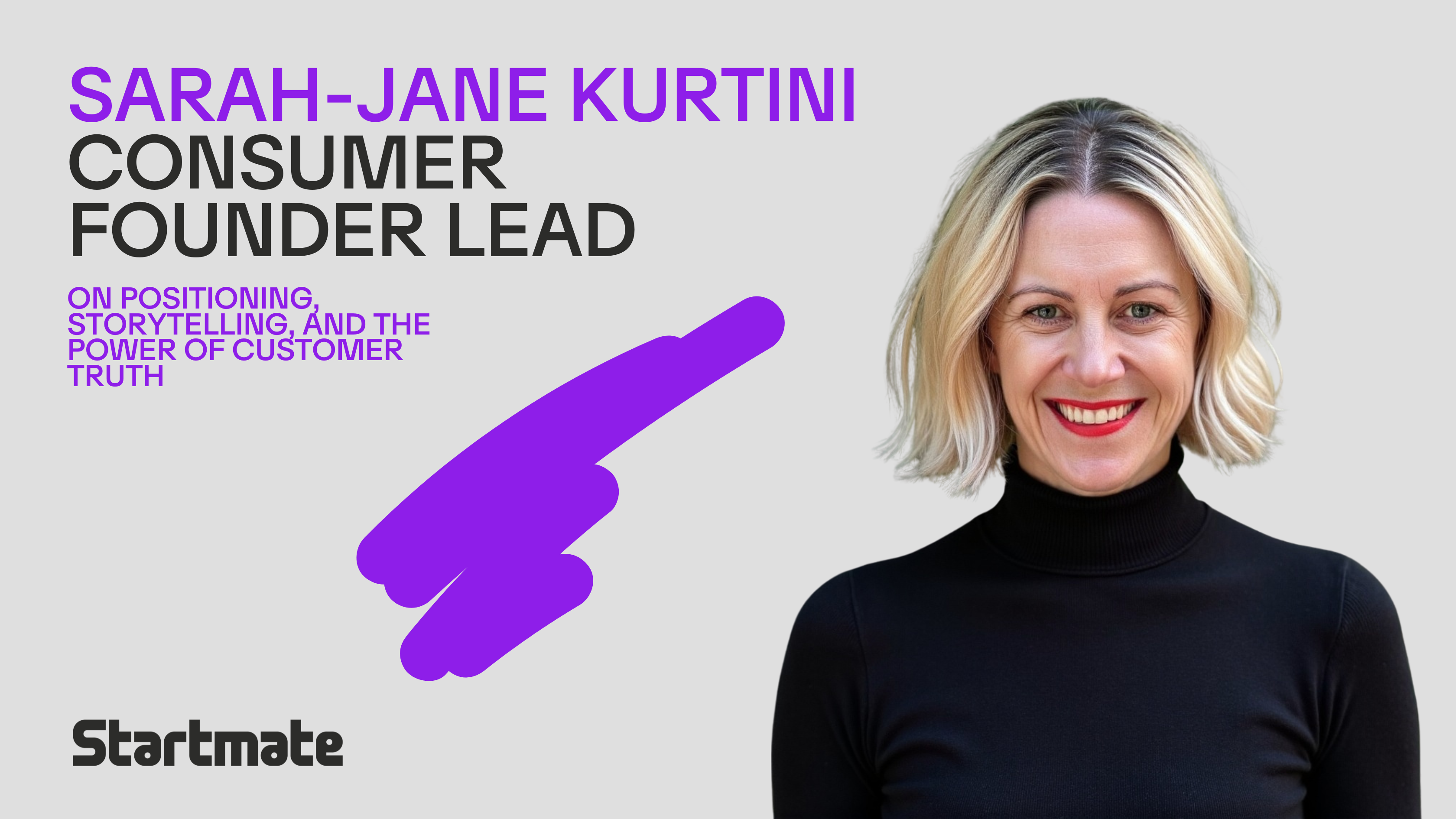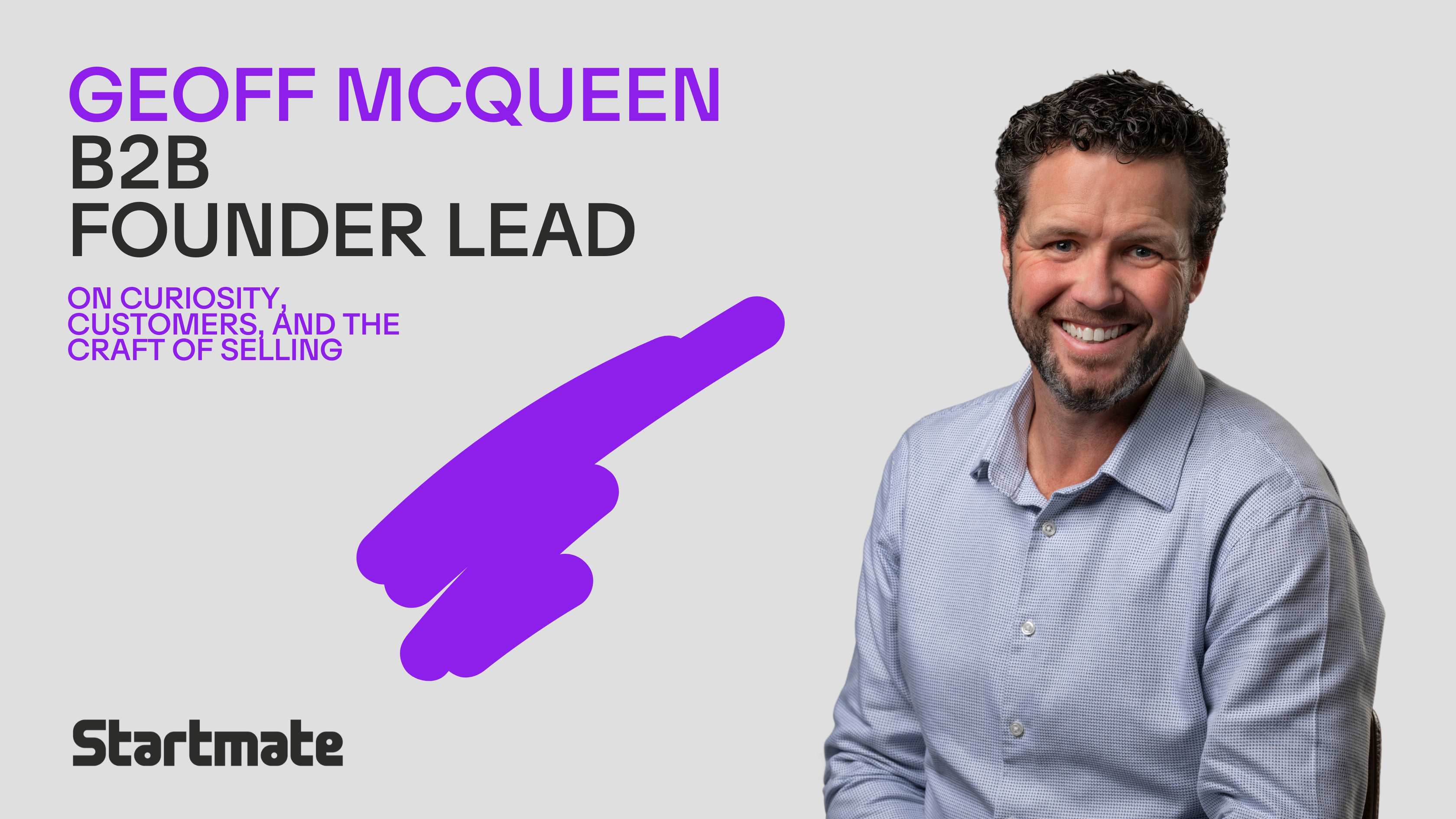When Sara Richardson first moved to Australia from Spokane, Washington, she wasn’t thinking about water. Back home, water scarcity was never a worry. But her exchange semester in Australia landed right in the middle of a severe drought, and it was her first experience of stage-three restrictions.
“Everyone was told to stop showering,” she recalls. “It was quite dramatic for me. It just stuck in the back of my head.”
That memory, combined with her later career as a utilities economist, planted the seed for what would become Leakster. Today, Richardson is the founder and CEO of a startup tackling one of the least visible but most costly challenges in the water industry: leaks.
A hidden problem worth billions
Around the world, between 15 - 30% of clean drinking water in developed countries never makes it to customers. In developing countries, that figure can climb as high as 75%. It’s water lost in transit, seeping out of aging pipes, escaping through unnoticed cracks, disappearing underground long before it reaches the tap.
For utilities, this isn’t just an environmental crisis; it’s a commercial one. Every litre lost is money lost, with no corresponding revenue. When Richardson worked in regulatory resets for water and electricity utilities, she kept hearing the same refrain from executives: leakage was their biggest issue. Later, while living in drought-stricken Stanthorpe in 2019, a town so parched it had to truck in water, she experienced firsthand the consequences of scarcity.
“It was everywhere I looked,” she says. “Customers couldn’t get enough water. Utilities were losing it by the billions of litres. And the technology to find and fix those leaks just wasn’t there.”
The spark: a hackathon in Brisbane
The turning point came at a Brisbane water utility hackathon. One of the highlighted challenges? Leak detection. Richardson joined forces with a group of engineers, bringing her commercial lens to the problem.
“We wanted to build something that tackled leakage from the utility side,” she explains. “Not just telling people to take shorter showers, but fixing the supply chain itself.”
The hackathon prototype planted the roots of Leakster: a system that combined acoustic sensors with AI-powered software to detect leaks in real time. Unlike traditional methods, which rely on manual listening devices and crews walking streets with headphones, Leakster’s sensors sit quietly under hydrant lids, continuously capturing sound samples and transmitting them to the cloud. AI then determines whether the noise is a leak and pinpoints its location on a utility’s network map.
Years of trial and error
Like many deeptech startups, Leakster’s journey wasn’t linear. The first prototypes were clunky, above-ground units that proved the technology worked, but weren’t commercially viable.
“We always knew leakage was a huge problem, both commercially and environmentally,” Richardson says. “But not every solution we built stacked up.”
It took years of R&D, IP development, and false starts before the team landed on their current underground sensor model: small, discreet, accurate, and scalable.
A government grant proved to be a catalyst, funding the transition from prototype to MVP. By the time Leakster entered the Accelerator, they had a sellable product and early deployments in place.
The Accelerator sharpened everything further. The hardware was refined to eliminate bugs, deployments expanded, and customers began paying.
Wins and milestones
For Richardson, the biggest milestone wasn’t technical. It was financial.
“For so long, we made no money,” she says. “We were just developing. To have a commercial product now, and customers actually paying for it, that’s huge.”
During the Accelerator, Leakster has moved from small trials to larger utility deployments, demonstrating the technologies scalability. They also built a CRM, opened new proposals, and expanded their customer pipeline. Conversations need to shift from reactive leak detection, moving sensors around to hunt for leaks, toward network-wide rollouts, embedding the technology as a permanent part of water infrastructure.
“It’s about changing the conversation,” Richardson explains. “From patching leaks here and there, to building smarter networks that don’t waste water in the first place.”
Looking ahead
In the next six months, Leakster’s goal is to scale ARR by securing more customers for its reactive units, then expanding those relationships into bigger contracts.
“Once a utility uses our sensors and sees the value, the next step is to expand them across the network,” Richardson says.
Longer term, the ambition is bold: embedding Leakster hardware and software into water networks worldwide. Within five years, Richardson envisions utilities shifting from reactive maintenance to predictive, condition-based monitoring, a generational leap in how water systems are managed.
“This isn’t just about saving water during drought,” she says. “It’s about transforming the whole industry. Making leakage prevention a permanent, embedded part of how utilities operate.”
How can you help
Right now, Leakster is looking for more utility partners ready to transform their networks.
“Any water utility that wants to save water and embed smarter maintenance, come talk to us,” Richardson says. The ask is simple, but the impact is profound.
Because if Leakster succeeds, it won’t just save utilities money. It will conserve billions of litres of water, safeguard communities against drought, and help rewrite the way we value one of the planet’s most precious resources.
As Richardson puts it: “The time to invest isn’t when you’ve run out of water. It’s now.”




.jpeg)

.png)

